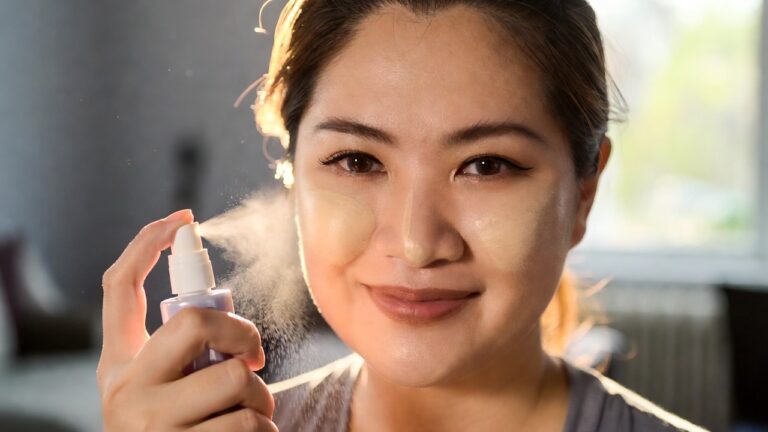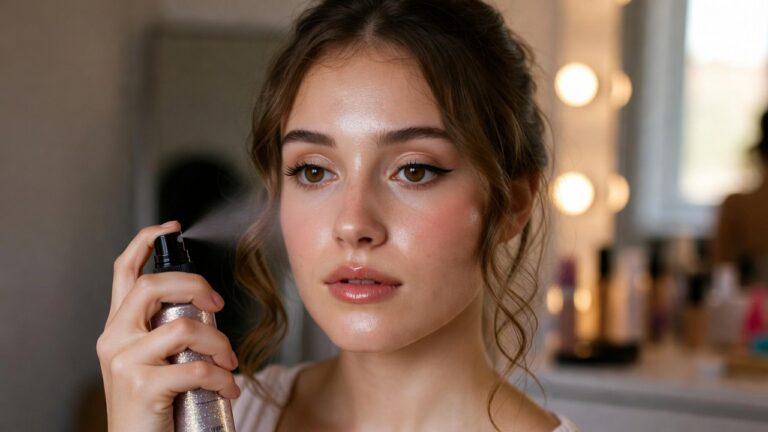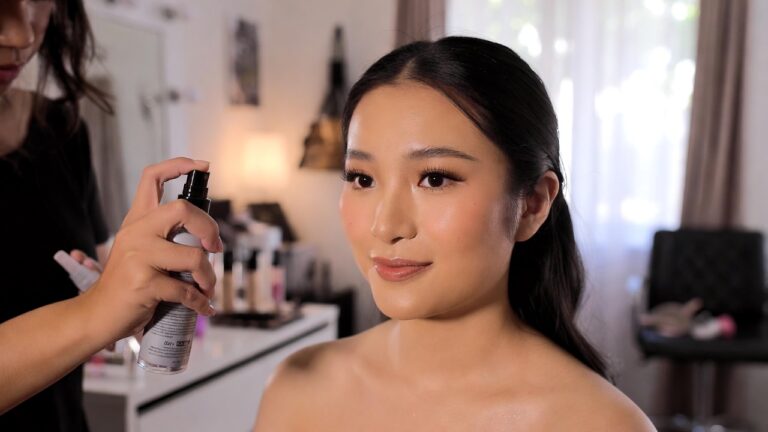Dandruff is a frequent scalp ailment that causes flaking of the skin. It is neither communicable nor dangerous. It can, however, be humiliating and difficult to cure.
Dandruff affects almost everyone at some time in their lives, although it is more prevalent from adolescence through middle age.
Seborrheic dermatitis, allergic responses, psoriasis, and eczema are only a few of the probable reasons. One of the reasons for seborrheic dermatitis is an allergic reaction to Malassezia, a yeast found on the scalp.
Age, weather, stress levels, medical problems, and hair product choice are all variables that raise the likelihood of developing dandruff.
Although poor hygiene isn’t a cause, the flakes may be more obvious if a person doesn’t wash or brush their hair frequently.
Causes of Dandruff
1. Dry Skin
If the chilly winter air dries out your skin all over, including your scalp, dandruff might be the result. According to PIH Health, the flakes created by dry skin are generally smaller and less oily than those caused by SD.
2. Contact Dermatitis
Contact dermatitis is a skin irritation caused by either an allergen or an irritant, resulting in an itchy, possibly painful rash. And in the case of dandruff, that reaction is on the scalp. According to the American Academy of Dermatology Association, this generally occurs due to hair-care products or dyes.
Dandruff may affect almost anybody, however, some variables can make you more vulnerable, such as:
- Age- Dandruff usually appears during adolescence and peaks around the age of 20, then fades away in those over 50. Dandruff affects people of various ages, but it may affect anyone.
- Sex- Sebaceous gland activity is stimulated by androgen hormones like testosterone. Inflammatory response and dandruff are more likely with more oil. Dandruff affects males more commonly than women. Because of their masculine hormones, males may be more prone to dandruff.
- A weakened Immune System- SD is more common among those who have had an organ transplant and those who have HIV or AIDS, hepatitis C, or alcoholic pancreatitis. SD is reported by 30% to 83 percent of HIV patients, for example.
- Shampooing Habits- Washing infrequently might aggravate dandruff in people who are already susceptible. Taking long vacations might cause a buildup of oil, which can cause dandruff.
3. Seborrheic Dermatitis
According to the American Osteopathic College of Dermatology, if you have a very nasty case of dandruff, it’s most likely a mild case of seborrheic dermatitis (SD). According to the National Eczema Association, SD is a chronic type of eczema that affects parts of the body that secrete the most sebum, or oil.
Dandruff is more common in those with oily skin. Malassezia globosa is a yeast that feeds on the oils on the scalp. Some people’s bodies perceive this breakdown of oil as an irritant, so the scalp reacts by speeding up the rate at which skin cells renew, causing dandruff.
It takes a month for new skin cells on the scalp to develop, die and shed in people without dandruff. According to a study published in the Journal of Medical Chemistry, this procedure takes only two to seven days for those with dandruff.
Remedies and Treatments for Dandruff
1. Dandruff Shampoo
The most popular recommendation for treating dandruff is dandruff shampoo. There are many different types of dandruff shampoos available to cure dandruff.
- Pyrithione zinc shampoos — Pyrithione zinc shampoos include zinc pyrithione, an antifungal and antibacterial component.
- Shampoos with salicylic acid – These dandruff shampoos promote the repair of scales on your scalp.
- Shampoos containing ketoconazole – These dandruff shampoos work by destroying any fungus on your scalp.
- Tar-based shampoos — These dandruff shampoos work by slowing the rate at which your scalp’s dying skin cells are replaced.
- Shampoos containing selenium sulfide – These dandruff shampoos have an antifungal component that helps clear the fungus scalp.
To improve your outcomes, your doctor or dermatologist may recommend the following suggestions.
2. Complimentary Therapies
Tea Tree Essential Oil
According to a small randomized trial published in the Journal of the American Academy of Dermatology, shampoos or topicals containing 5% tea tree oil (an antiseptic, antibiotic, and antifungal) appear safe and effective therapy for dandruff.
Good Fats
According to Cedars Sinai, increasing your consumption of omega-3 fatty acids, such as those found in salmon, tuna, and mackerel, can help control oil production on the skin.
3. Additional Methods
Get some vitamin D
Short bursts of sunlight can aid in the reduction of yeast formation on the scalp. If you’re taking a tar-based dandruff treatment, though, avoid direct sunlight because your scalp is particularly susceptible to it. arrow pointing up
Reduce Your Use of Hair Products
Styling gels, sprays, pomades, and other hair and scalp products can pile up, causing oiliness and dandruff.



